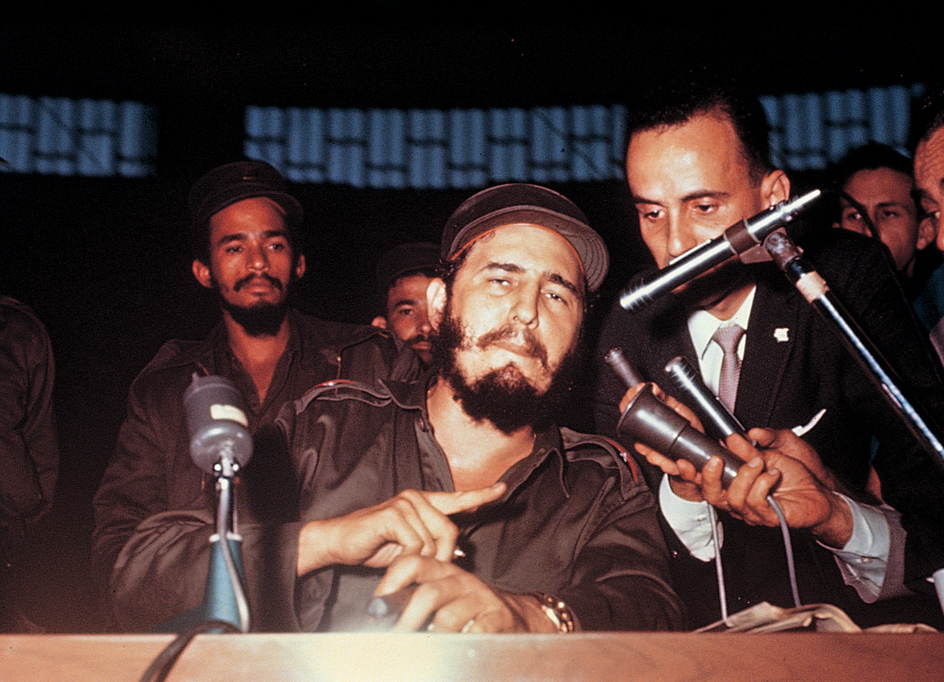Twenty-sixth of July Movement was a Cuban revolutionary group led by brothers Fidel and Raúl Castro and Ernesto “Che” Guevara. It overthrew the dictator Fulgencio Batista in 1959. The movement was named after the date in 1953 when Fidel Castro led an unsuccessful attack on the Moncada army barracks in Santiago de Cuba. Fidel Castro formed the movement in 1955, after being released from prison. He had served nearly two years in jail following the Moncada attack. The 26th of July Movement consisted of a rural guerrilla component and an urban underground movement that carried out a bombing campaign in Cuban cities.

In 1955, a segment of the movement, including Fidel Castro, went to Mexico and trained in guerrilla warfare tactics there. The guerrillas returned to Cuba in December 1956 in a water landing on the eastern part of the island. Many of them were captured or killed by government forces. The remainder, only about 12 out of 80, established a base camp in the Sierra Maestra mountain range. They attracted recruits from across Cuba. Operating in conjunction with the rural uprising based in the mountains, the urban underground committed acts of sabotage and assassinations to weaken support for Batista’s government.
Popular support for the movement grew during 1957 and 1958, and the movement joined forces with other opposition groups. Batista was forced to leave the country on Jan. 1, 1959, and Fidel Castro became the country’s ruler. In 1961, the 26th of July Movement merged with several other revolutionary organizations that supported the new Castro government.
See also Castro, Fidel ; Castro, Raúl ; Guevara, Che ; Sánchez Manduley, Celia .
